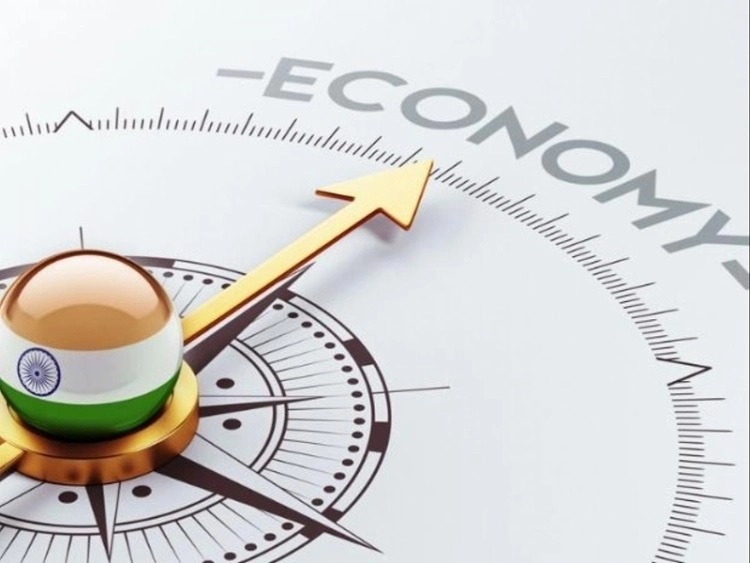
Srinagar- Despite being counted as progressive otherwise, the latest National Family Health Survey findings are a sobering call to action against spousal violence in J&K, as the latest report has revealed that 13 percent women in the erstwhile state have experienced violence after their marriages.
Amid a multi-pronged strategy devised by the state & police administration to protect the women from violence, the latest figures are now a sign of worry.
While domestic violence against women has declined from 14%(NFHS-4) to 13%(NFHS-5) in J&K in past almost six years, 9.3 percent women between the age of 18 and49 have experienced physical violence in J&K from 2019-21, while 3.9percent of married women have experienced sexual violence committed by their husband in their post marriage life, finds the report that was released by Union Health Minister Dr Mansukh Mandviya last week.
The survey finds that 12.8 percent of married women (18-49 years) have experienced physical, sexual, or emotional spousal violence. The most common type of spousal violence in J&K is physical violence, followed by emotional violence (7.2 percent) and sexual violence (3.9 percent).
Pertinently, J&K currently stands at seventh lowest position in post-marital violence against women across India. However, domestic violence against women is highest in Karnataka at 48%, followed by Bihar, Telangana, Manipur and Tamil Nadu. Lakshawdeep has the least domestic violence at 2.1%.
The latest NFHS report has further noted that the experience of physical violence is more common among women in rural areas where the percentage was recorded at32 percent in comparison to their counterparts in urban areas where the rate stood at 24 percent.
Across India, the survey says that 40% women with no schooling are subject to physical violence compared to 18% who completed their schooling. The experience of physical violence ranges between 39% among women in the lowest wealth quintile and 17% in the highest wealth quintile.
Notably, Domestic violence has been recognized since 1983 as a criminal offense under Indian Penal Code 498-A. However, it was not until the enactment of the Protection of Women from Domestic Violence Act 2005 (PWDVA), which came into effect in 2006, that civil protections were afforded to victims of domestic violence.
The PWDVA also provides a definition of domestic violence that is comprehensive and includes all forms of physical, emotional, verbal, sexual, and economic violence, and covers both actual acts of such violence and threats of violence.
NFHS-5included a module of questions on domestic violence that was administered to women aged 18-49 in the subsample of households selected for the state module.
A similar module was also included in NFHS-4, although the NFHS-4 module was administered to women aged 15-49. The report has also noted that in terms of domestic violence, 9.9 percent women in J&K have suffered physical or sexual violence.
“7 percent of women (18-49) in J&K were subjected to physical violence in 2019-21, while 0.4 percent were subjected to sexual violence.” says the report.
However, in over 80% cases of physical violence against women, the perpetrator is found to be the husband.
Follow this link to join our WhatsApp group: Join Now
Be Part of Quality Journalism |
Quality journalism takes a lot of time, money and hard work to produce and despite all the hardships we still do it. Our reporters and editors are working overtime in Kashmir and beyond to cover what you care about, break big stories, and expose injustices that can change lives. Today more people are reading Kashmir Observer than ever, but only a handful are paying while advertising revenues are falling fast. |
| ACT NOW |
| MONTHLY | Rs 100 | |
| YEARLY | Rs 1000 | |
| LIFETIME | Rs 10000 | |









